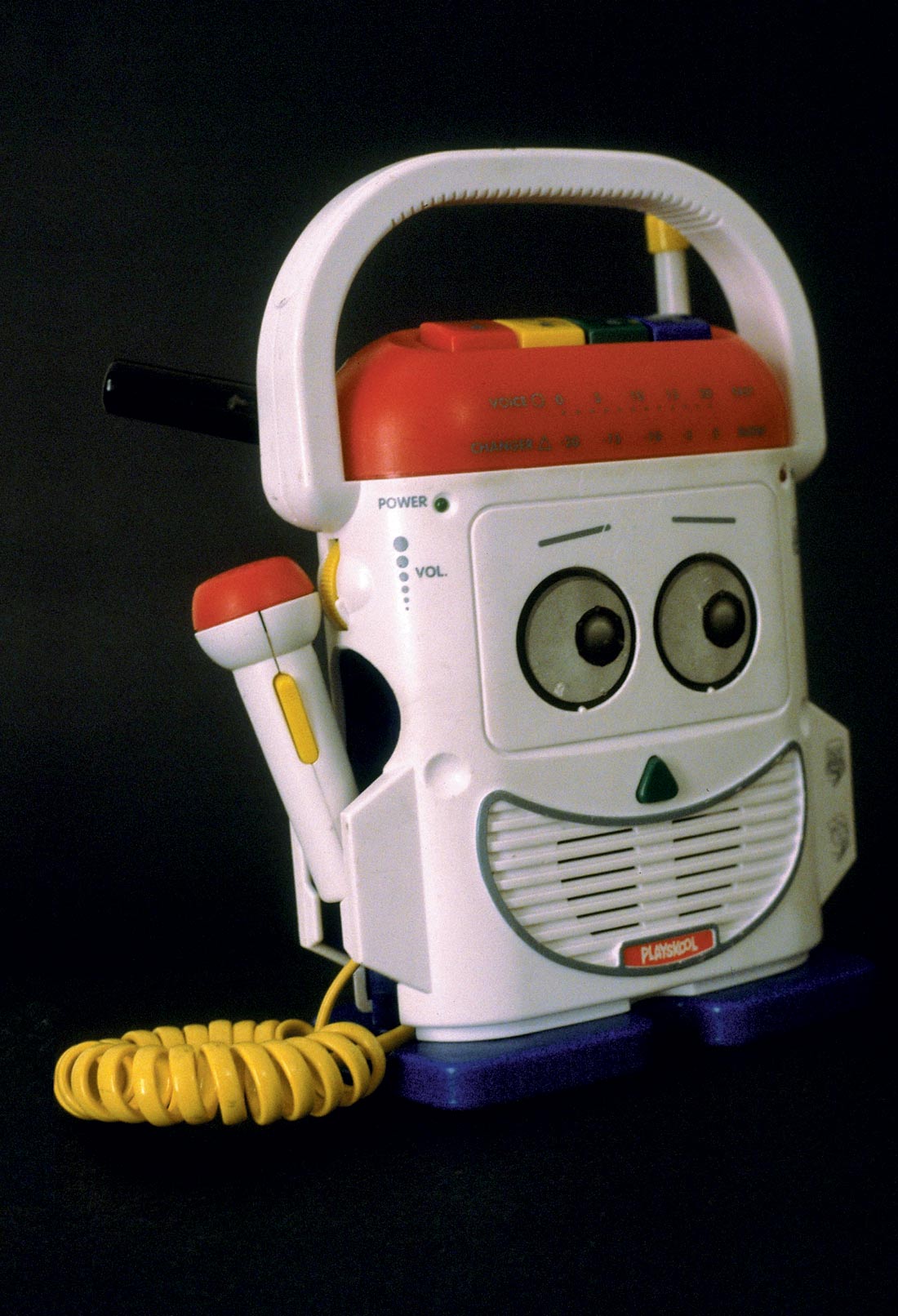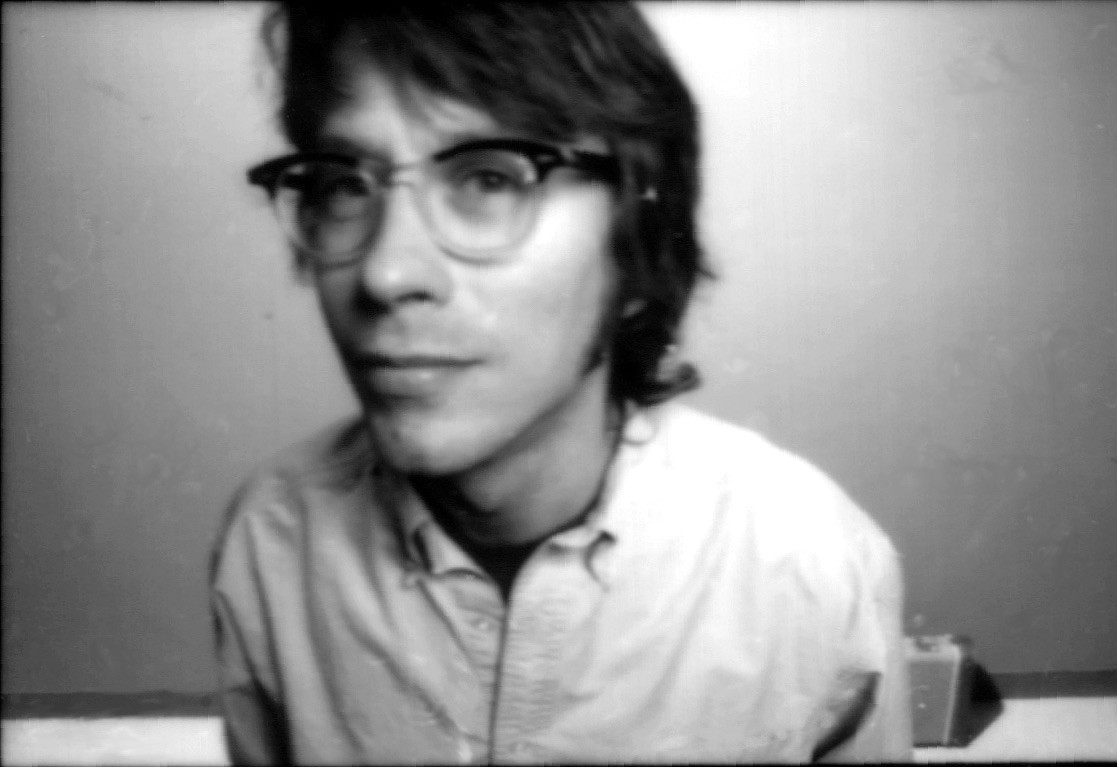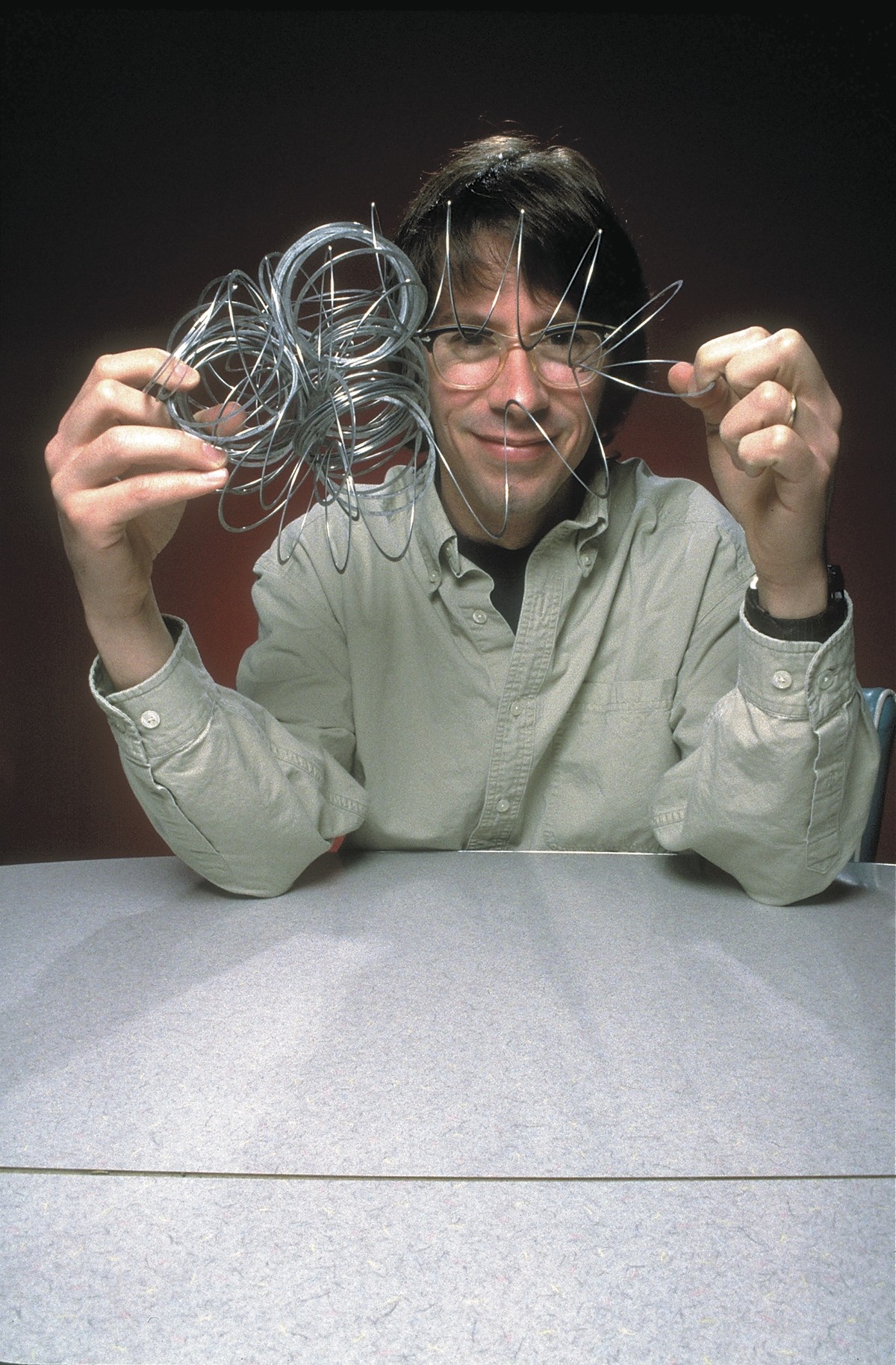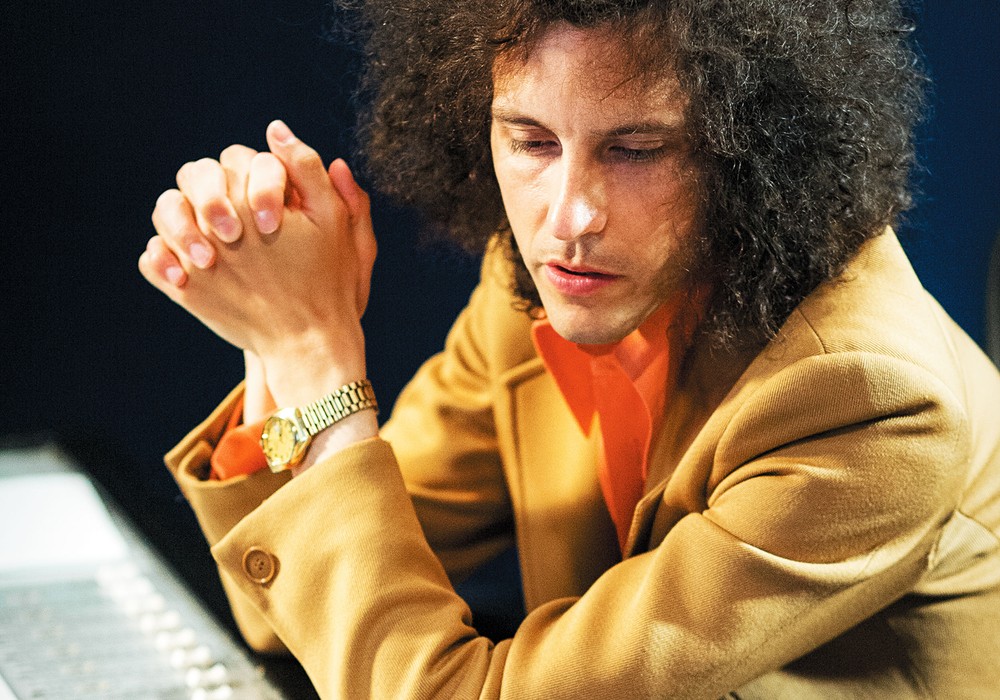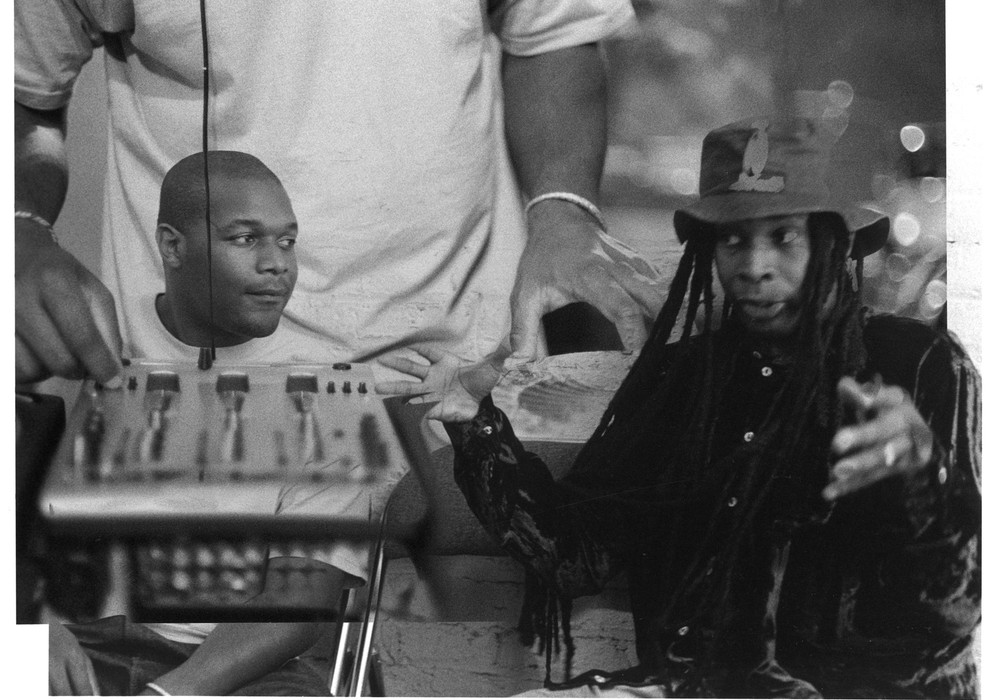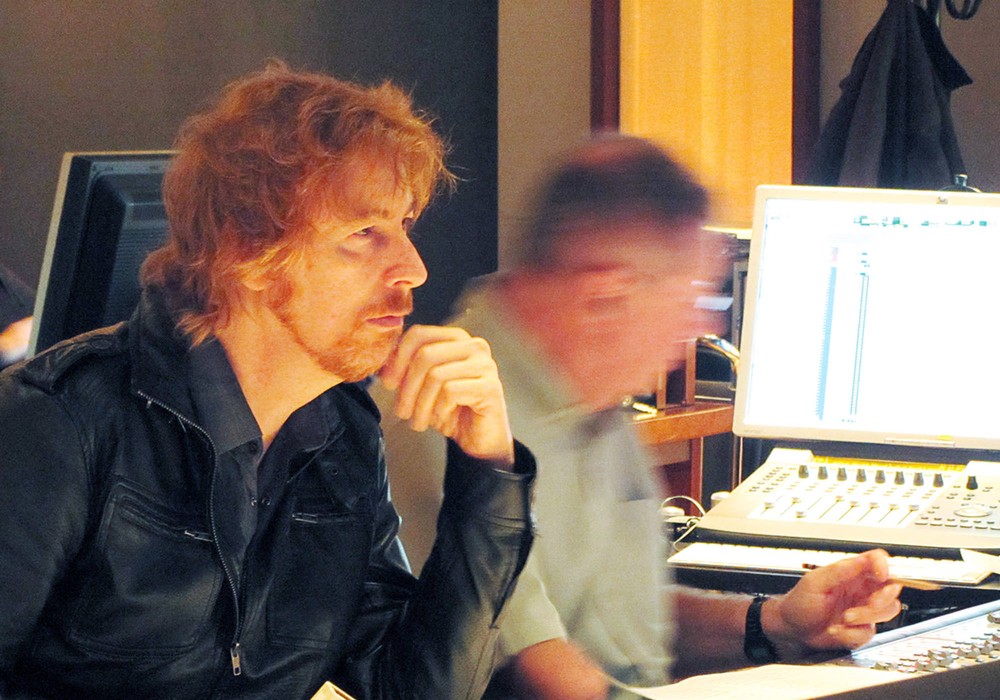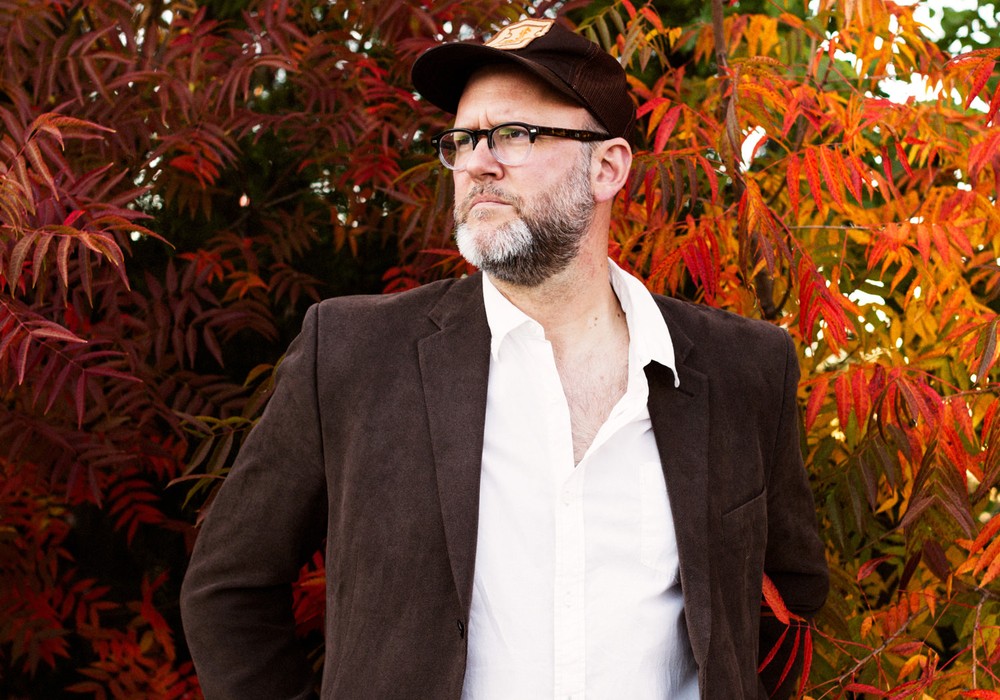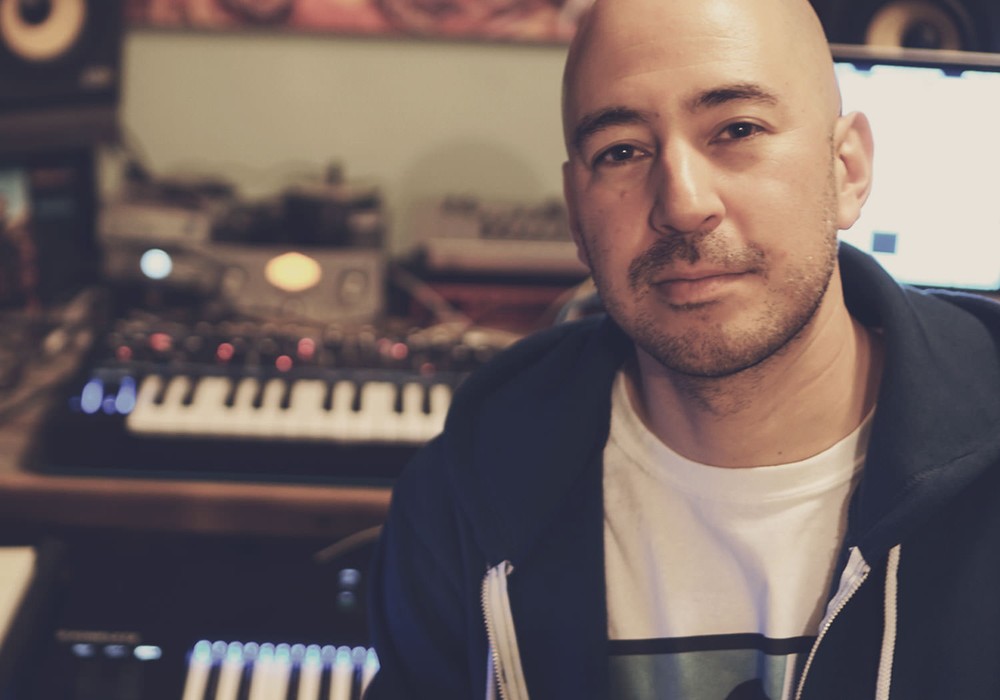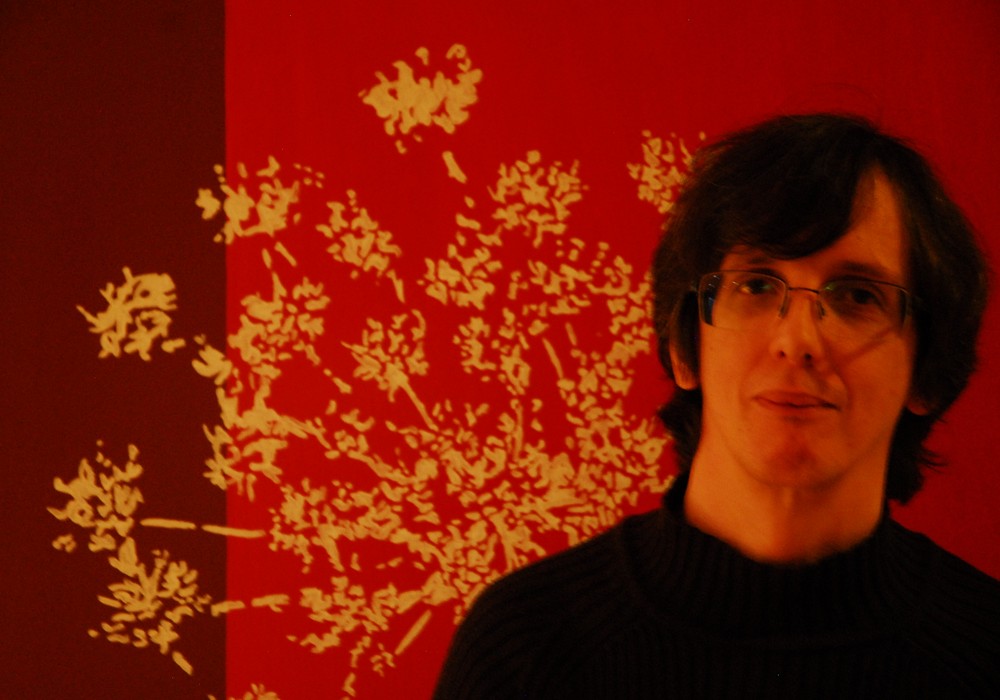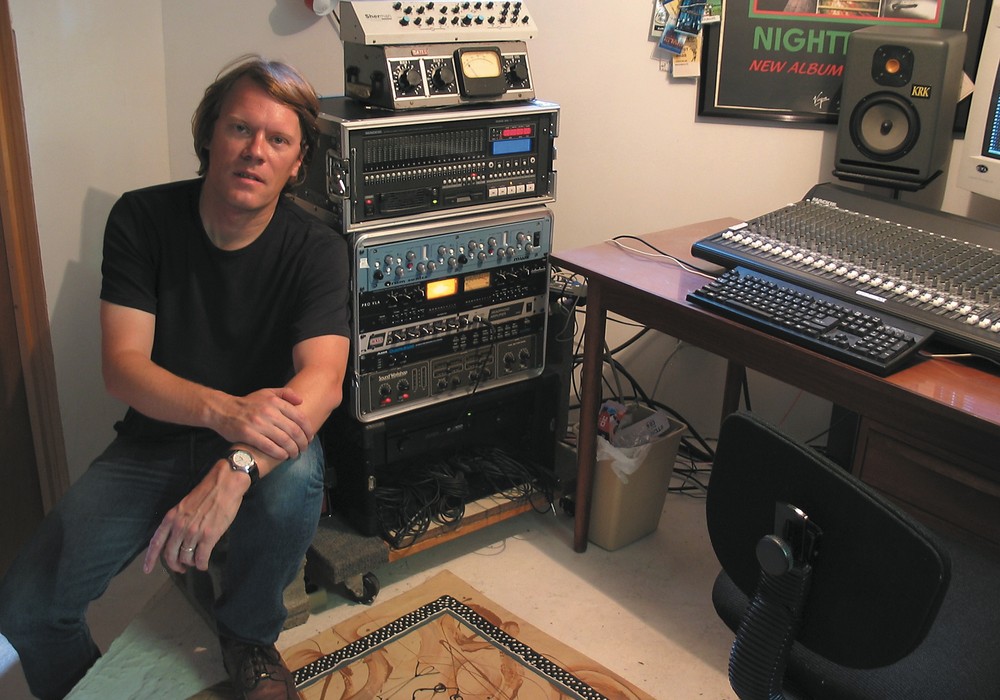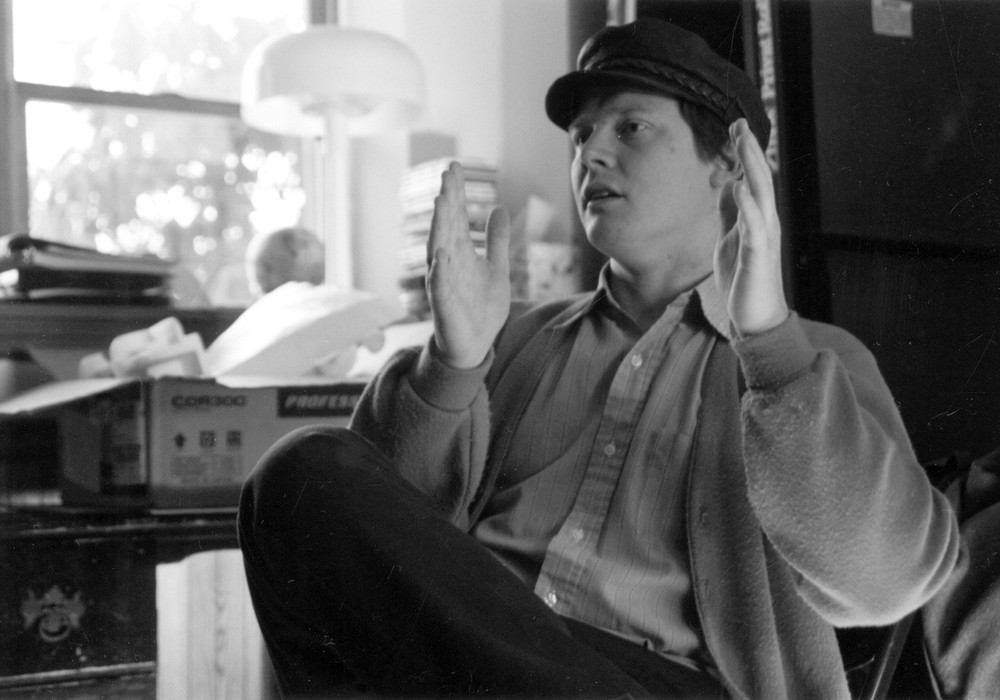On a blustery Boston day, Robert Fisher and Pete Weiss sat down in Robert's living room for this conversation. Pete Weiss is one of the principle owners of Zippah Studios, a music-only studio in the Boston area that specializes in comfortable surroundings, vintage gear and great results. A favorite of many bands, who return from project to project, the studio has a musician-friendly reputation. The collaborative, problem-solving nature of Zippah's small staff of engineers and producers makes it a perfect place for recording of all kinds. At this point, the studio offers recording in 24-track and 16-track analog with a flexible recording space large enough to accommodate most recording projects shy of an orchestra. (Although if you talk to Pete he might figure out a way to do that too!)
Robert Fisher is one half of the songwriting team behind the Willard Grant Conspiracy (Rykodisc/Slow River) along with Paul Austin. WGC recorded [their last] three albums at Zippah including the most recent, Everything's Fine. Pete and Robert have not only co-produced the WGC material but also extended their co-production efforts into working with other bands.
So you started Zippah Studio when?
Um, 1989.
Did you have a partner?
I started it by myself, but soon realized I'd need someone to share the rent with. Keep in mind, at this point, Zippah was basically more like a little rehearsal room than a recording studio. It was just this small room, probably 12' by 12', and we slapped a wall up in the middle so we had a 6x12 "control closet" and a 6x12 "live closet." If you wanted to record drums, there was really only enough room for a small drum kit and maybe a bass player going direct. It was just ridiculously tiny. I think the rent was, like, 300 bucks a month — not a bargain at the time. The place was less of a studio and more of a "place to keep my gear." Anyway, this guy named Mark Wlodarkiewicz, with whom I'd gone to college but didn't know all that well, stepped into the picture and became my partner. He had a lot of gear, mostly MIDI stuff, sequencers, keyboards, and a couple of Macintosh SEs. Mark has since moved to the West Coast and last I heard he was working with Calexico and doing a lot of sound design for major films.
It's surprising that you had a big MIDI setup at the early Zippah, considering how "vintage"-oriented the studio is now. Did you always have the vintage gear setup as a goal, or did you just kind of happen into it?
That's a good question. Keep in mind that in the late '80s there wasn't much emphasis on the "coolness" of vintage gear.
Right. It was the opposite, actually.
Yeah, and at the time I was lucky enough to buy some really nice things early on before the prices got ridiculous. I remember there was almost a patronizing attitude toward the older equipment. Sort of like, "Oh, that compressor has a charming sound to it, but of course it's old," and, "... yeah, can you believe that thing uses tubes?!"
The eighties seemed to be the time when Japanese studio owners started coming here and snapping up all the old tube stuff. They knew, but we hadn't figured it out yet.
Right. So, from the beginning, I think my attitude was not necessarily "old school/vintage gear" but more like "I like recording people playing instruments. I like it when people make music from themselves." I understood what MIDI could do and definitely liked some music that was made with sequencers and computers, but my personal musical tastes ran towards predominantly performed music. I figured, too, that it wouldn't hurt for me to focus on a certain style of recording and over the years, this "performance-based" niche sort of naturally lent itself to the whole vintage/analog/tube/whatever- you-want-to-call-it aesthetic.
So, when Mark left, did you replace him?
Ken Thomas basically took Mark's place when Mark moved to the West Coast around '92. There had been an overlap era when the three of us were sharing the expenses. Brian Charles was a freelance engineer and brought a few bands into Zippah around this time. Eventually, Ken and I asked Brian if he wanted to buy into Zippah. I should say that, by this time, we had moved from the "closet" space to a much larger part of the same building — we could actually record full bands and started to develop a reputation around town for getting good sounds cheap. Anyway, Ken eventually bowed out, selling his share to Brian. That brings us up to date — which is the Zippah ownership chronology in a nutshell.
How did Zippah grow to the size it is now?
The first few years, when we all had day jobs, we were very careful to dump any studio-related income back into the studio. If you do that for a few years you can amass a pretty nice pile of gear. Around '93 we moved all the gear into a larger space and started recording better and better bands.
As a producer, do you have a philosophy that guides you with the kind of...
The rest of this article is only available with a Basic or Premium subscription, or by purchasing back issue #23. For an upcoming year's free subscription, and our current issue on PDF...
Or Learn More
